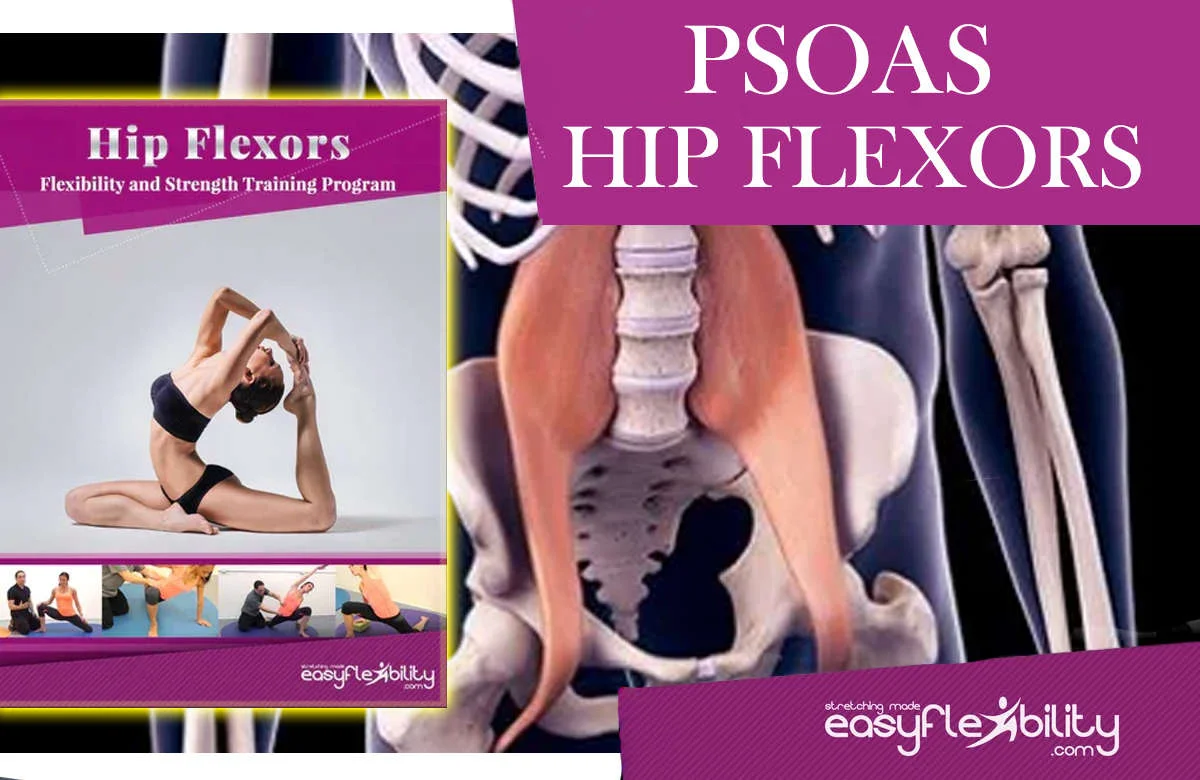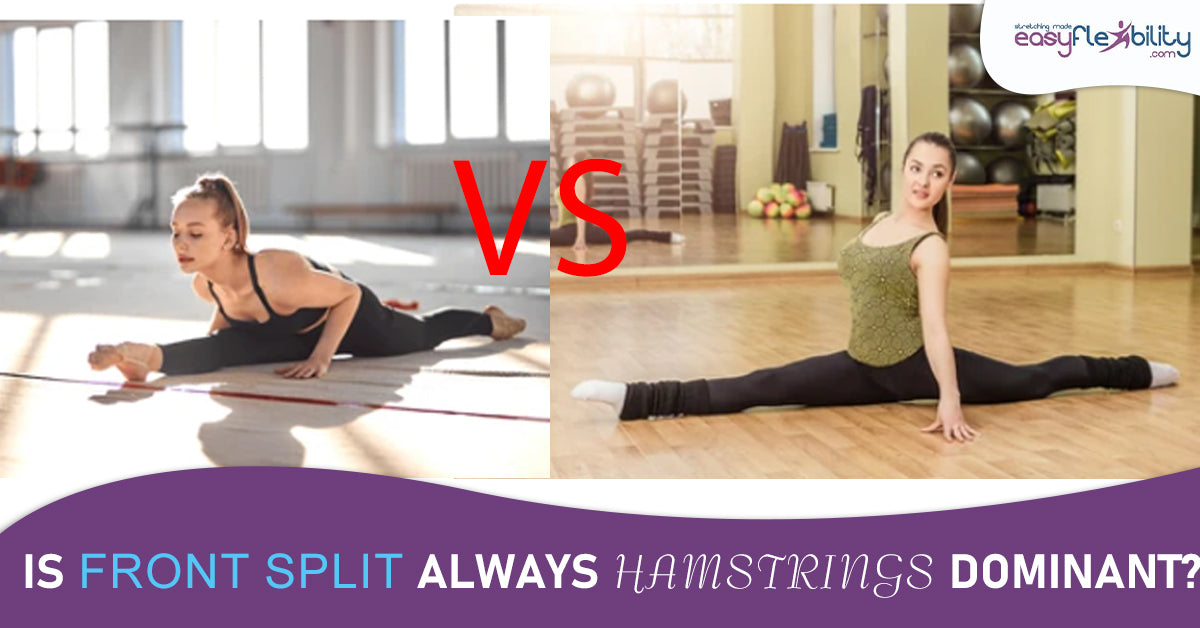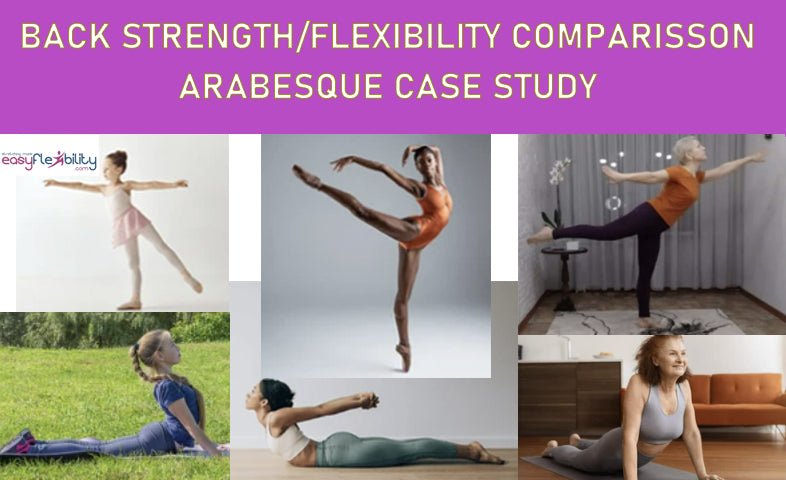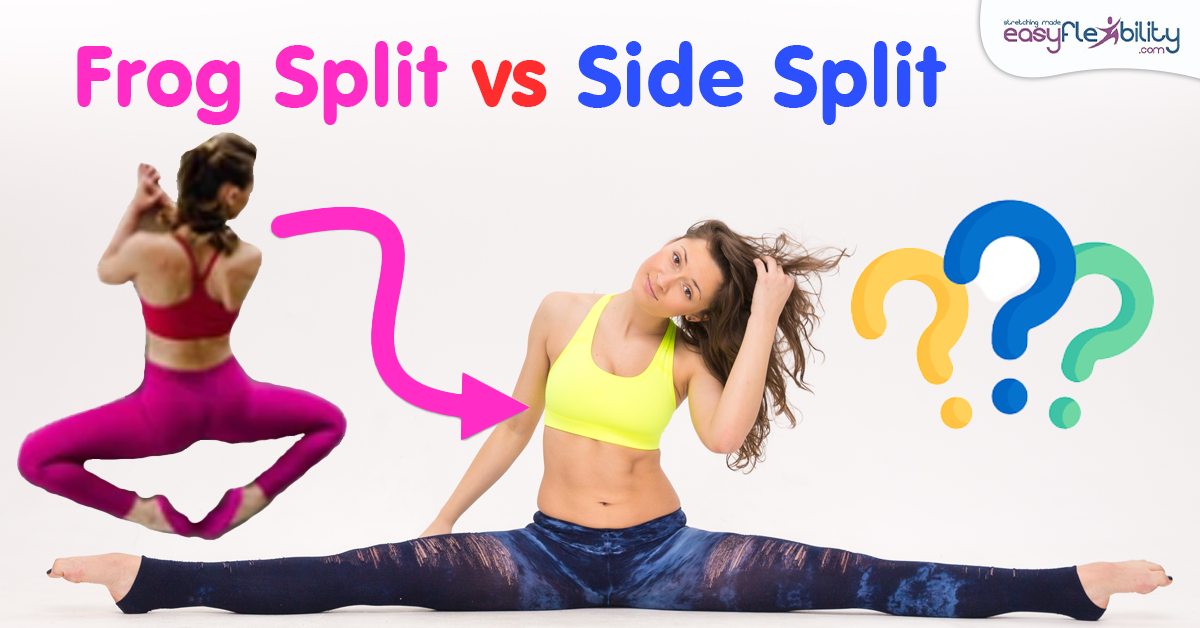Differences between Pectineus ZST and Tensor fascia latae ZST
Posted by Paul Zaichik on
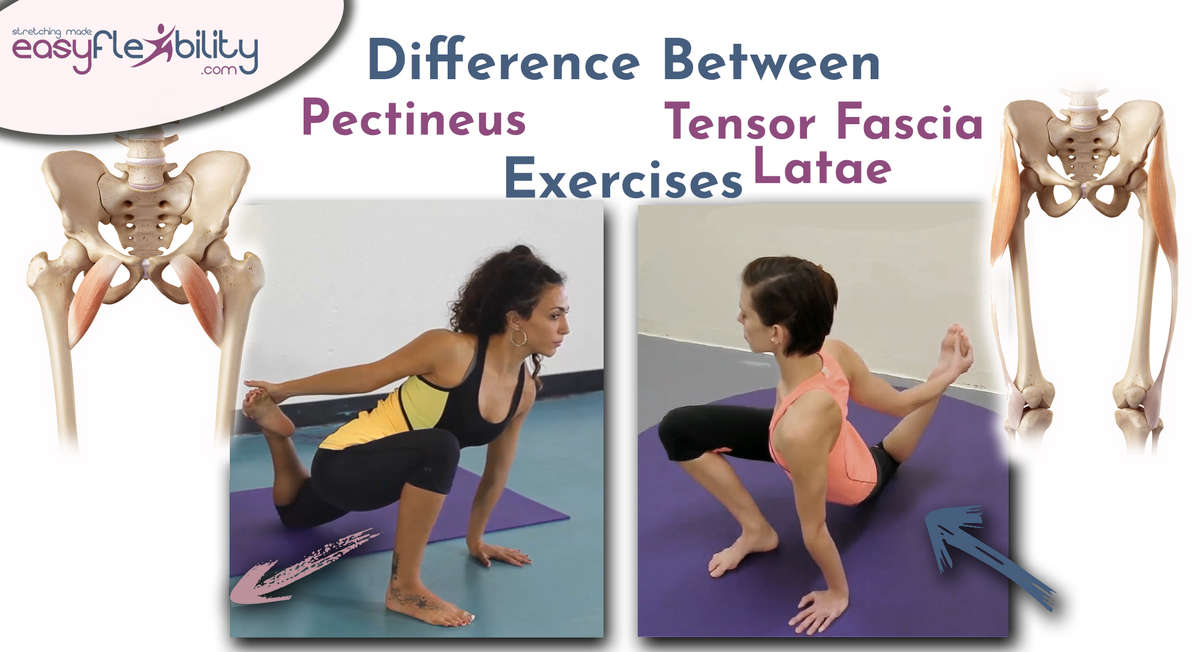
Pectineus ZST (Zaichik Stretching Technique) is often confused with the Tensor Fascia Latae ZST. The difference is not very subtle. It’s visible but amongst so many ZST’s in different positions of the body one has to understand why Tensor fascia latae ZST is different from Pectineus ZST.
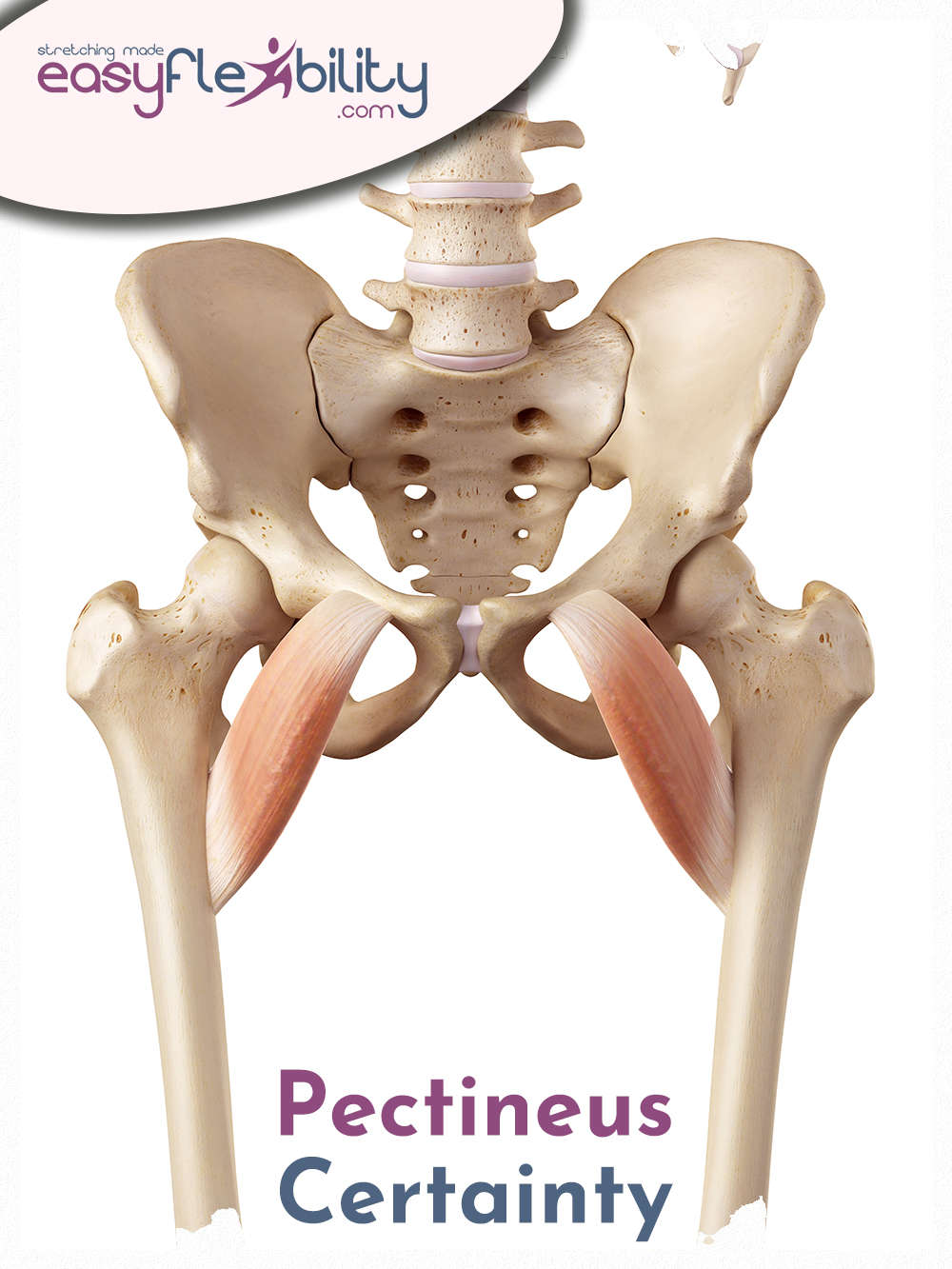
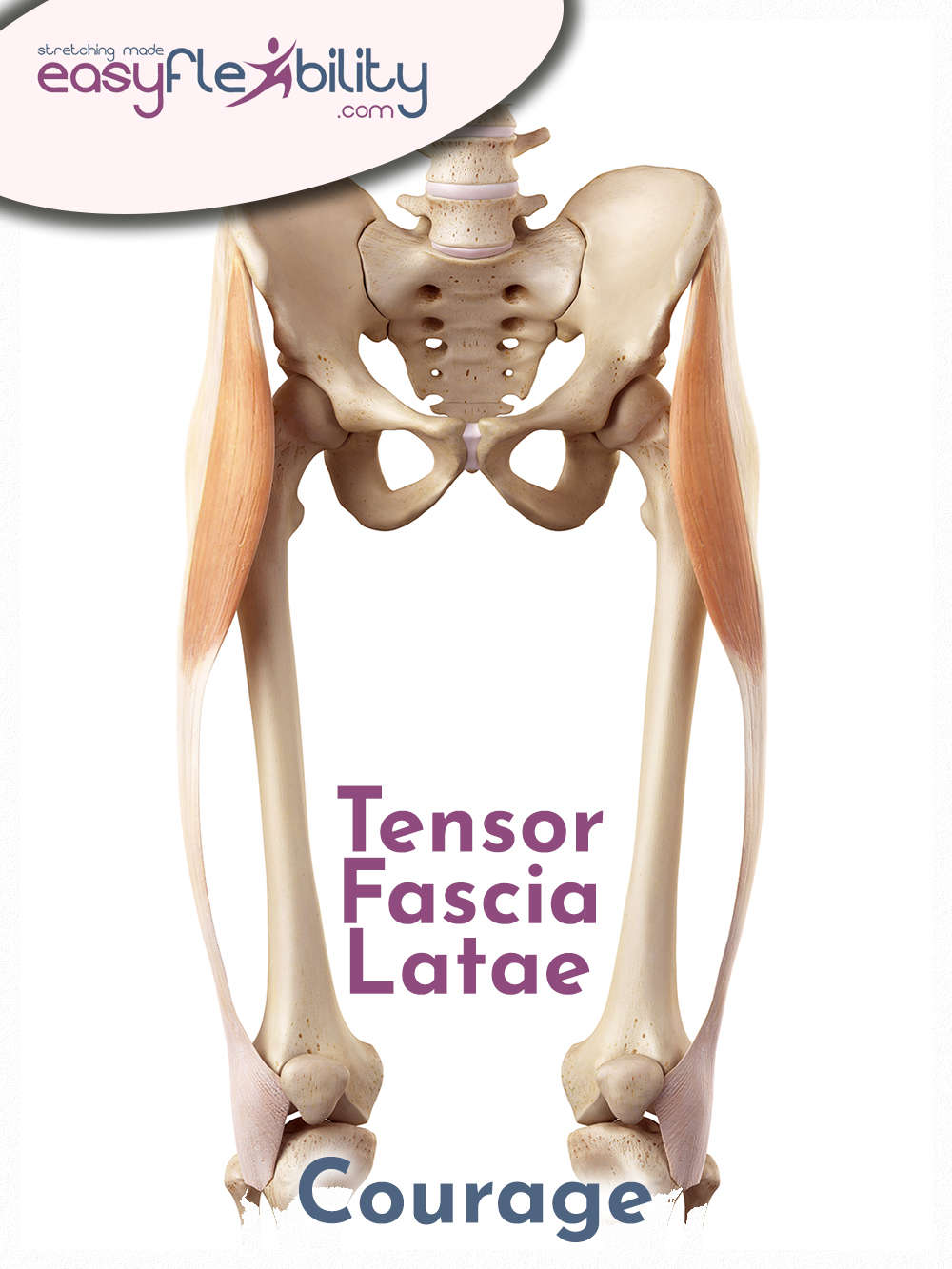
For reference in EasyFlexibility system Pectineus ZST is called Certainty, and Tensor fascia latae ZST is called Courage.
Most muscles are flexors of the hip and for that reason there is a strong extension component, either in Target or in the Leverage. More often than not this component is used in the Target.
The fact that both muscles are flexors of the hip and the extension is used to stretch them both muscles are medial rotators so a latteral rotation is used either in a Target or in a Leverage, as another component.
Most people starting out with these two ZST will use lateral rotation as the Leverage. The difference between the two muscles is that Pectinius is also an adductor while Tensor Fascia Latte besides being a hip flexor is also and abductor.
The fact that both muscles are flexors of the hip and the extension is used to stretch them both muscles are medial rotators so a latteral rotation is used either in a Target or in a Leverage, as another component.
Most people starting out with these two ZST will use lateral rotation as the Leverage. The difference between the two muscles is that Pectinius is also an adductor while Tensor Fascia Latte besides being a hip flexor is also and abductor.
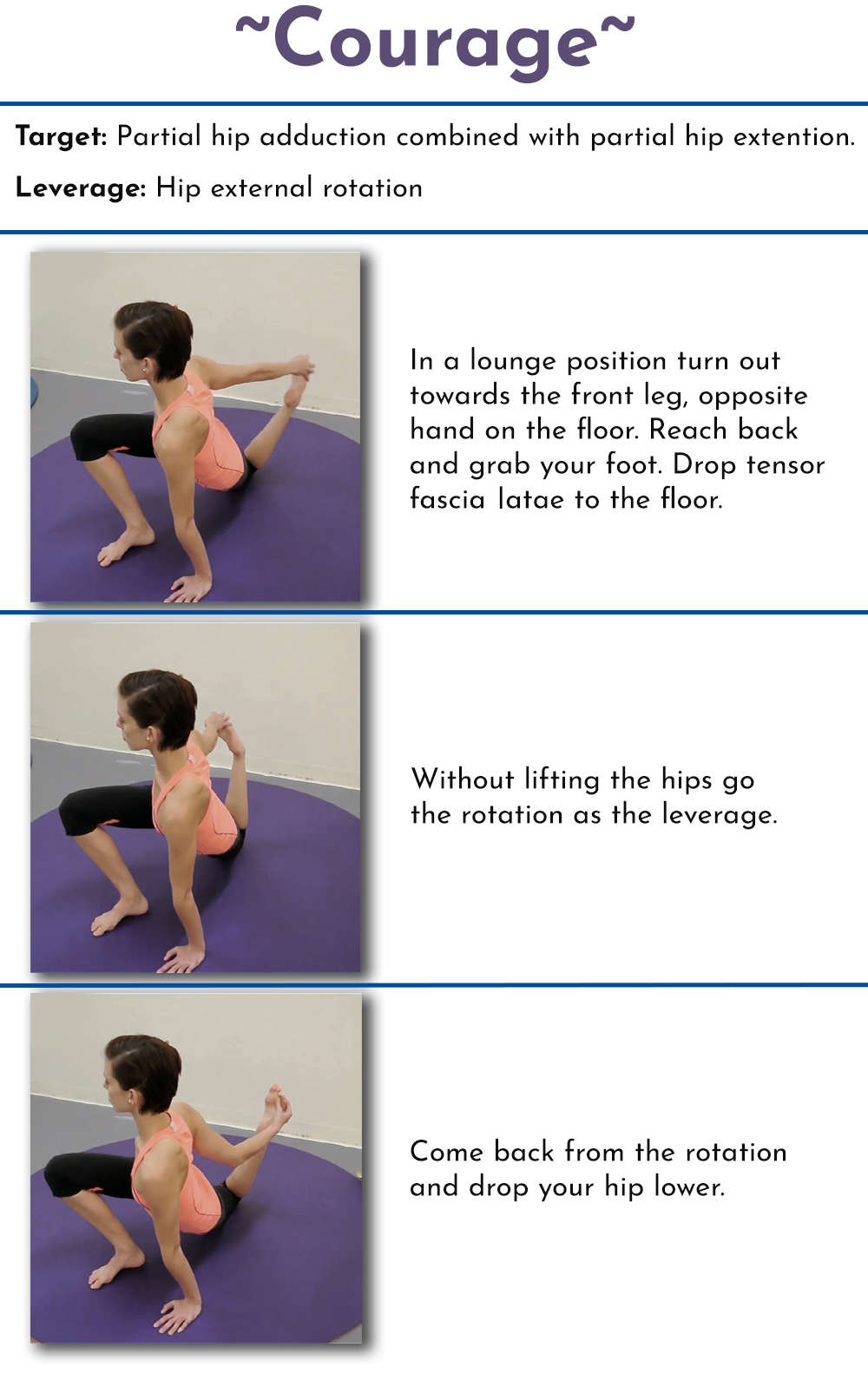
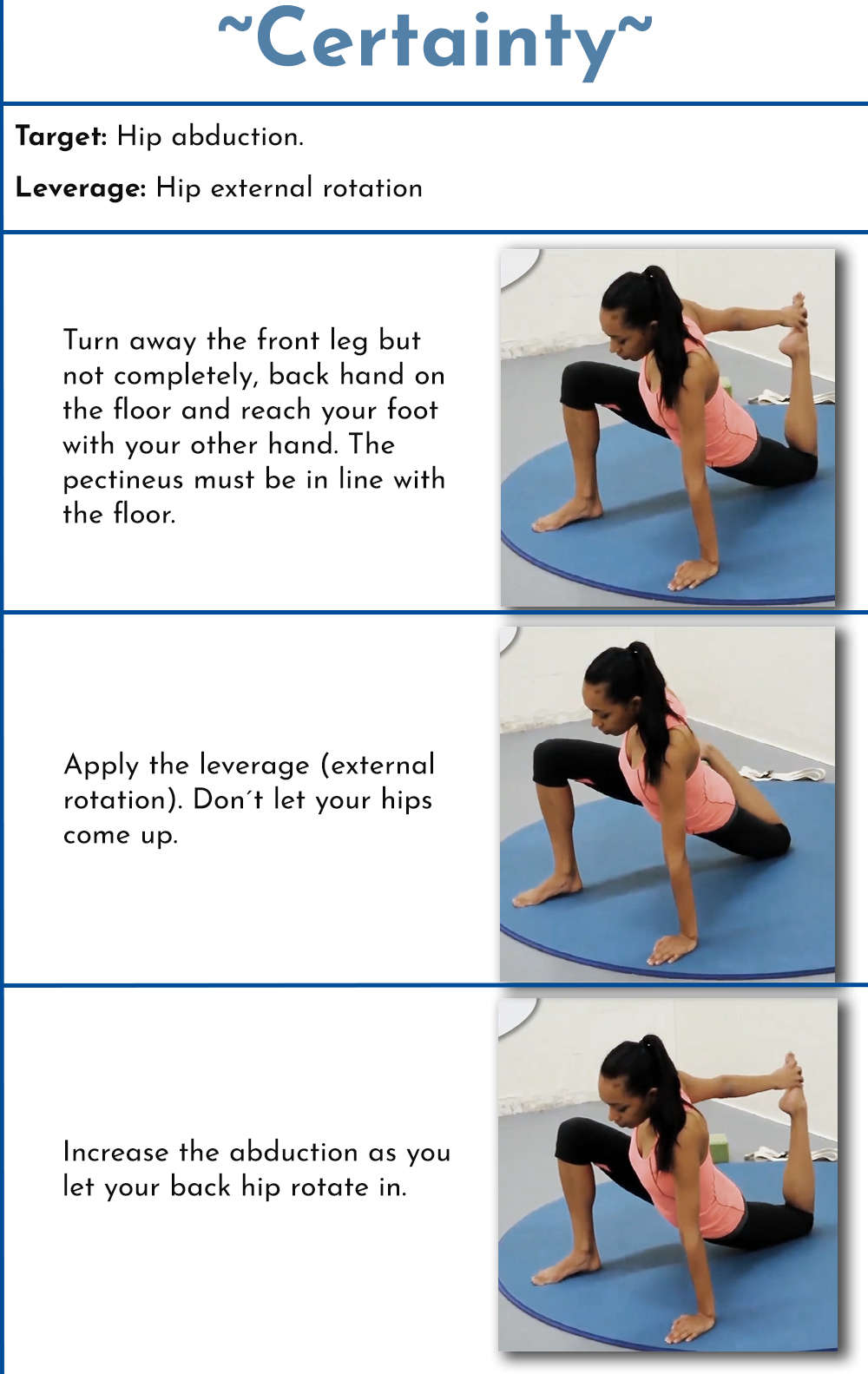
So adductions is completely opposite of the abduction and for this reason of course this is how we separate the two techniques.
You see if a muscle is allowed to do what it wants to do, taking the rotation aside, Pectineus will flex the hip and adduct it, while Tensor fascia latae will flex the hip and abduct it. So to stretch the pectineus, for our target we must combine the extension together with abduction and to stretch the Tensor fascia latae we must combine the extension together with the adduction.
And thus, for pectineus we turn slightly toward the rear leg, and for Tensor fascia latae we turn slightly away from the rear leg. When an EasyFlexibility instructor says “lunge position turn slightly” simply pay attention to which direction he is asking you to turn, that is the main difference.
Once that turn is completed the body will move in the same direction for the target and the leverage will be moved exactly the same for both techniques, the position will be different. And that position of the exercise is what’s going to separate Courage from Certainty, or Tensor fascia latae from Pectineus.
And thus, for pectineus we turn slightly toward the rear leg, and for Tensor fascia latae we turn slightly away from the rear leg. When an EasyFlexibility instructor says “lunge position turn slightly” simply pay attention to which direction he is asking you to turn, that is the main difference.
Once that turn is completed the body will move in the same direction for the target and the leverage will be moved exactly the same for both techniques, the position will be different. And that position of the exercise is what’s going to separate Courage from Certainty, or Tensor fascia latae from Pectineus.
Experience immediate results with these two powerful exercises from our Hip Flexors program!
~Courage~
~Certainty~
Unlock faster flexibility gains by targeting each muscle individually with Zaichik Stretches (ZST).
Join the thousands of people who have already experienced the proven effectiveness of this approach. Say goodbye to stretching all the muscles at the same time and start seeing immediate results with ZST. Don't miss out on reaching your full flexibility potential - try it today!
Ready to Take Your Hip Flexor Flexibility to the Next Level?
Introducing the Hip Flexors Flexibility & Strength Basic Level Program your ultimate solution for achieving optimal anatomic hip extension flexibility.
Did you know that hip extension refers to the movement of the hip in a purely sagittal plane? In our comprehensive course, we address each of the hip flexors individually, along with other muscle groups that can restrict hip extension.
Here's a fascinating fact: Not all hip flexors and their synergists need to be targeted in the same way for every technique or sport. Some skills require rotation, horizontal abduction, or horizontal adduction in addition to extension. Our program covers all of these aspects, providing you with a well-rounded hip flexors routine.
Here's a fascinating fact: Not all hip flexors and their synergists need to be targeted in the same way for every technique or sport. Some skills require rotation, horizontal abduction, or horizontal adduction in addition to extension. Our program covers all of these aspects, providing you with a well-rounded hip flexors routine.
One of the biggest challenges with mainstream stretching techniques is that if you can't stretch, you don't know what is holding you back. When it comes to the hip flexors, it could be any of the following:
- Sartorius,
- Rectus Femoris,
- Tensor Fascia Latae,
- Pectineus,
- Psoas,
- Iliacus, upper Adductors,
- or even Gluteus Minimus.
If one of these muscles is tight, it can hinder the movement of the rest.
But fear not! Our EasyFlexibility program incorporates Zaichik Stretches, which allow you to target each muscle individually and achieve faster and more effective lengthening. Once you identify the specific problem areas, you can address them directly and unlock your full hip extension potential.
Imagine the possibilities when you have the knowledge and techniques to overcome your limitations and enhance your performance. With our course, you'll gain the skills and understanding needed to excel in your chosen sport or activity.
Don't miss out on this opportunity to improve your hip flexibility and take your performance to new heights. Enroll in the EasyFlexibility program today and unlock the power of anatomic hip extension flexibility.
© ElasticSteel Corp., EasyFlexibility, Paul Zaichik, et. El., 2022. No part of the materials available through ElasticSteel.com, EasyFlexiiblity.com, site may be copied, photocopied, reproduced, translated or reduced to any electronic medium or machine-readable form, in whole or in part, without prior written consent of Paul Zaichik EasyFlexibility.com, Elasticsteel.com.. Any other reproduction in any form without the permission of Paul Zaichik EasyFlexibility.com, Elasticsteel.com is prohibited. All materials contained on this site are protected by United States copyright law and may not be reproduced, distributed, transmitted, displayed, published or broadcast without the prior written permission of Paul Zaichik, EasyFlexibility.com, Elasticsteel.com.
Share this post
0 comment

